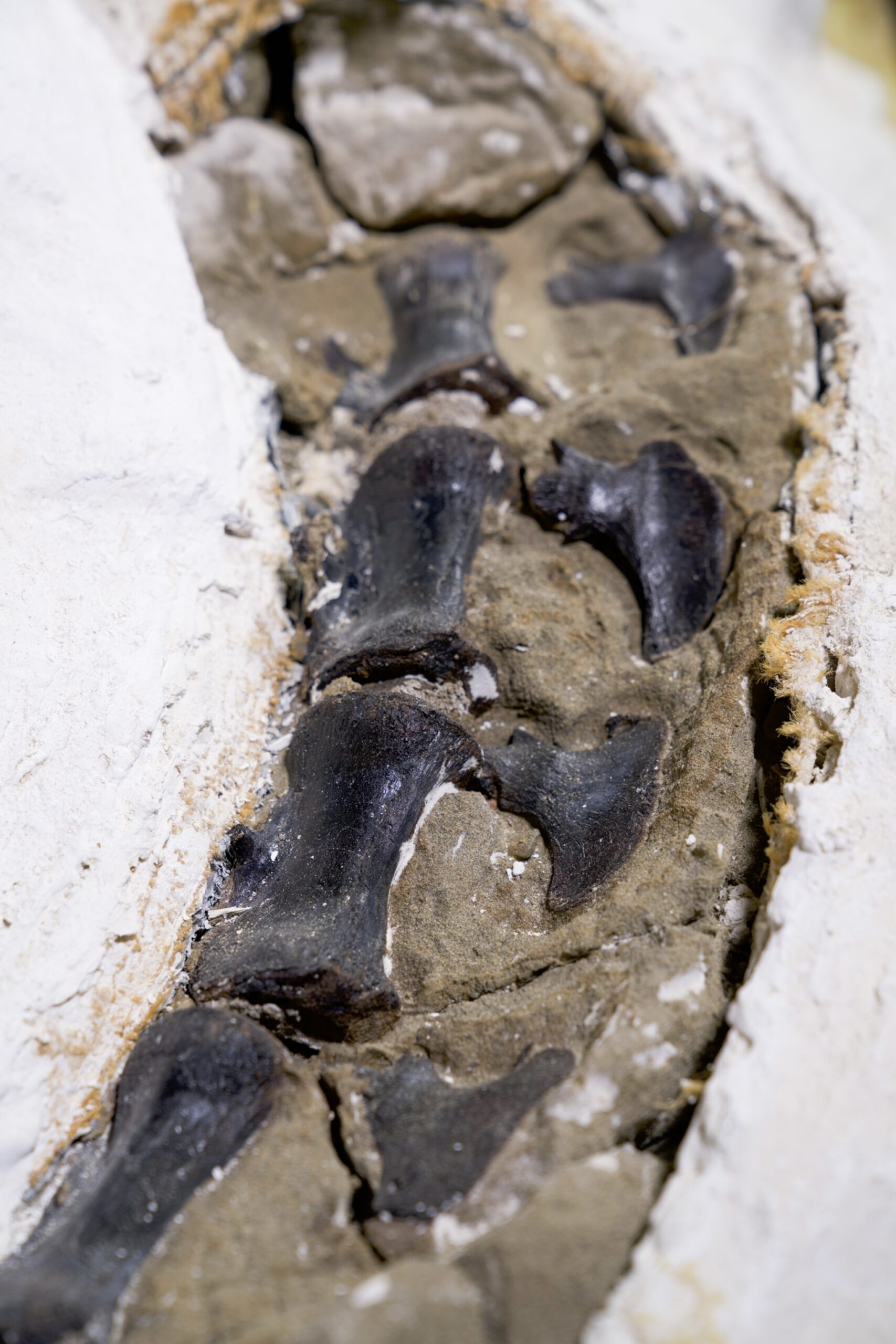Blog
Nanotyrannus is Distinct Dinosaur Lineage, New Research Shows


A pack of Nanotyrant brazenly attacks a juvenile Tyrannosaurus rex. Image credit: Anthony Hutchings.
“This fossil flips decades of Tyrannosaurus rex research on its head,” said Dr. Lindsay Zanno, a researcher at North Carolina State University and the North Carolina Museum of Natural Sciences.
Using growth rings, spinal fusion data and developmental anatomy, the researchers demonstrated that the new specimen was around 20 years old and physically mature.
Its skeletal features — including larger forelimbs, more teeth, fewer tail vertebrae, and distinct skull nerve patterns — are features fixed early in development and biologically incompatible with Tyrannosaurus rex.
“For Nanotyrant to be a juvenile Tyrannosaurus rexit would need to defy everything we know about vertebrate growth. It’s not just unlikely — it’s impossible,” said Dr. James Napoli, a researcher at Stony Brook University.
For years, paleontologists have used Nanotyrant fossils to model Tyrannosaurus growth and behavior.
This new evidence reveals that those studies were based on two entirely different animals — and that multiple tyrannosaur species inhabited the same ecosystems in the final million years before the asteroid impact.
As part of their research, Dr. Zanno and Dr. Napoli examined over 200 tyrannosaur fossils.
They discovered that one skeleton, formerly thought to represent a teenage Tyrannosaurus rexwas slightly different than the previously-described species Nanotyrannus lanceensiswhich is part of the famous Dueling Dinosaurs fossil.
The authors concluded that the specimen represents a new Nanotyrant species and named it Nanotyrannus letaeus.
Confirmation of the validity of Nanotyrant means that predator diversity in the last million years of the Cretaceous period was much higher than previously thought, and hints that other small-bodied dinosaur species might also be victims of mistaken identity.
“This discovery paints a richer, more competitive picture of the last days of the dinosaurs,” Dr. Zanno said.
“With enormous size, a powerful bite force and stereoscopic vision, Tyrannosaurus rex was a formidable predator, but it did not reign uncontested.”
“Darting alongside was Nanotyrant — a leaner, swifter and more agile hunter.”
The findings appear today in the journal Nature.
_____
LE Zanno & JG Napoli. Nanotyrant and Tyrannosaurus coexisted at the close of the Cretaceous. Naturepublished online October 30, 2025; doi: 10.1038/s41586-025-09801-6
















![React Native - The Practical Guide [2025]](https://img-c.udemycdn.com/course/480x270/1436092_2024_4.jpg)


